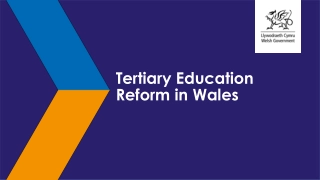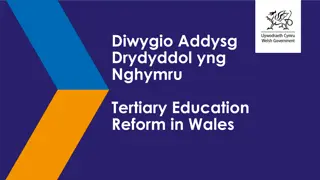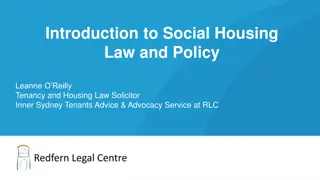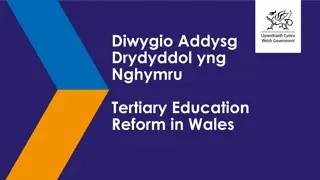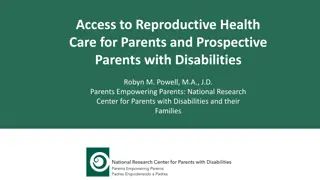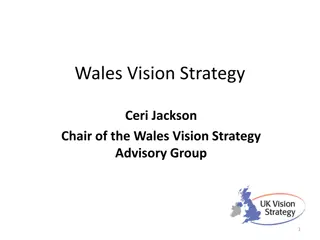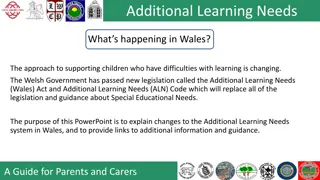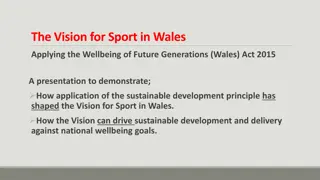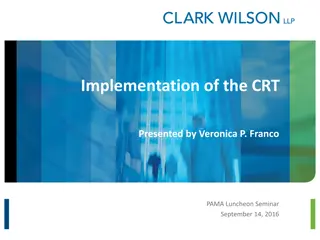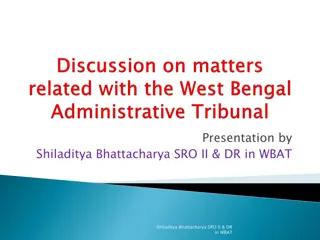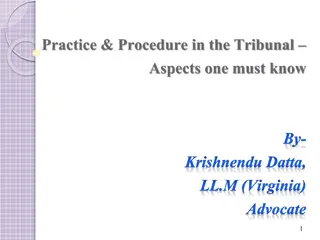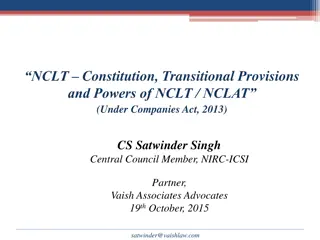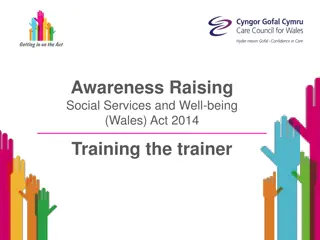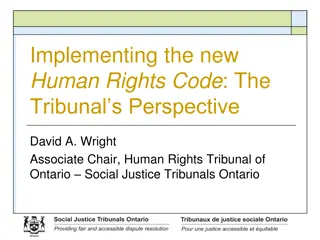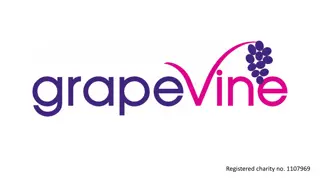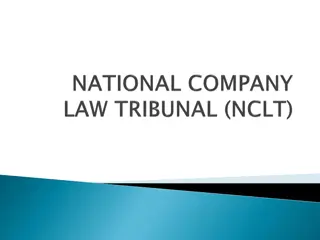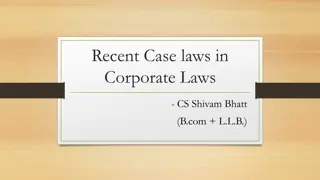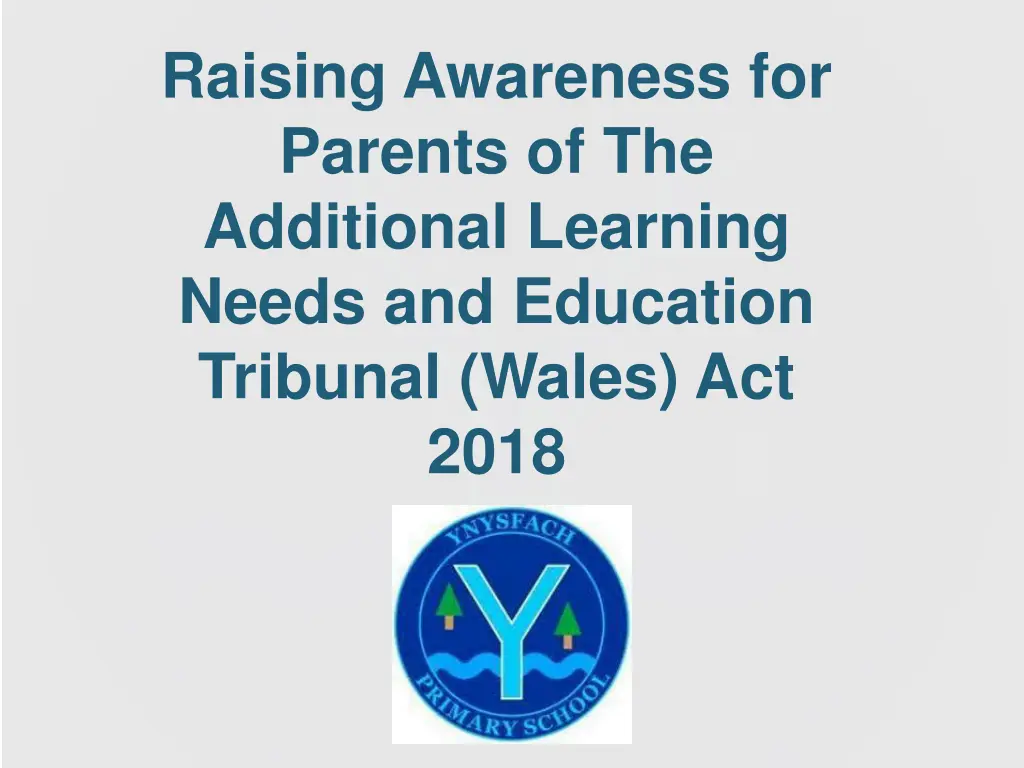
Understanding the ALN Reform: Key Changes and Impact
Explore the ALN Reform in Wales, aimed at supporting children with Additional Learning Needs. Learn about the changes, reasons for reform, and the principles of the new code to improve outcomes for young learners at Ynysfach Primary School.
Download Presentation

Please find below an Image/Link to download the presentation.
The content on the website is provided AS IS for your information and personal use only. It may not be sold, licensed, or shared on other websites without obtaining consent from the author. If you encounter any issues during the download, it is possible that the publisher has removed the file from their server.
You are allowed to download the files provided on this website for personal or commercial use, subject to the condition that they are used lawfully. All files are the property of their respective owners.
The content on the website is provided AS IS for your information and personal use only. It may not be sold, licensed, or shared on other websites without obtaining consent from the author.
E N D
Presentation Transcript
Raising Awareness for Parents of The Additional Learning Needs and Education Tribunal (Wales) Act 2018
Aim of session: To understand the new law around helping children and young people who need extra support to learn. To explain how the changes might affect some of the pupils in Ynysfach Primary School
ALN Reform Additional Learning Needs Additional Learning Needs Transformation Programme Transformation Programme Welsh Government want to transform Welsh Government want to transform expectations, experiences and expectations, experiences and outcomes for children and young outcomes for children and young people with additional learning people with additional learning needs. needs.
Why the law needs to be changed? The current law for special The current law for special educational needs is 30 educational needs is 30 years old and out of date years old and out of date The child s needs are found too late The child s needs are found too late *Support is too late *Support is too late *The child or young person and their *The child or young person and their parents are not involved enough parents are not involved enough *It is complicated *It is complicated The current law also only covers children and young people up The current law also only covers children and young people up to the age of 19 to the age of 19. .
Principles of the New Code Principles of the New Code Fully inclusive education system Fully inclusive education system A rights A rights- -based approach based approach Early identification, intervention and Early identification, intervention and effective transition planning effective transition planning Collaboration Collaboration A bilingual system A bilingual system
So what are the key changes ? So what are the key changes ? 1. ALN instead of SEN The term Additional Learning Needs (ALN) Additional Learning Needs (ALN) will be used instead of Special Educational Needs (SEN). Children with ALN: have a difficulty or disability that means they need extra support; - a significantly greater difficulty than other pupils of the same age find it harder to learn than other children and young people the same age, or; have a disability that means they cannot use their local school or college.
2. 0-25 This means that they will find it easier to move to college after school and will carry on getting the same sort of support at college as at school. 3. Information Local Authorities (LAs) must write information about ALN that people can access easily. This information will be given to: Children and their Parents/ Carers Schools People who support children and young people with ALN i.e. health services
4. A Plan for each child and young person with ALN All children and young people with ALN will have the same plan, regardless of how severe their need is. This will be called an Individual Development Plan Individual Development Plan (IDP) (IDP). . IDPs will replace: Statements of Special Educational Needs Individual Education Plans (IEPs) A learning and skills plan (post 16) The IDP is a statutory document.
IDPs says what the child s main need is and what will says what the child s main need is and what will be done to make sure they are properly supported be done to make sure they are properly supported in school or college. This is called their in school or college. This is called their Additional Learning Provision (ALP) Learning Provision (ALP). support that is above and beyond what classteachers do to support the range of children in their class Additional Person Centred Practices (PCP) Person Centred Practices (PCP)What the child or young person thinks, feels and wants must be part young person thinks, feels and wants must be part of this plan. The child s parents or carer must be of this plan. The child s parents or carer must be part of all the decisions that are made for this part of all the decisions that are made for this plan. plan. What the child or . .
Children, their parents/ carers must be given information Children, their parents/ carers must be given information about this plan before any meeting. The information must be about this plan before any meeting. The information must be given in a way they can understand given in a way they can understand Health Health Some children and young people have health problems which may Some children and young people have health problems which may give them ALN. give them ALN. The NHS must see if there is a treatment or service that will help The NHS must see if there is a treatment or service that will help the child or young person in their learning. If there is, the NHS the child or young person in their learning. If there is, the NHS must provide the service or treatment. must provide the service or treatment. Each Health area in Wales will have a Designated Clinical Lead Officer (DECLO) Officer (DECLO) who will liaise with all services about the IDP and make sure that health staff do what it states. Designated Clinical Lead
Four plus one Four plus one sheet to be completed in meetings by the pupil, the parents and the teacher What have we tried ? What are we pleased about ? What have we tried ? What are we concerned about?
IDPs In most cases, school or college will write the In most cases, school or college will write the plan plan. If a school or college think they cannot support the child or young person s ALN with the resources they have they can ask the Local Authority to write the plan. This will be known as a LA maintained IDP . Children, their parents/ carers or young people will be Children, their parents/ carers or young people will be given a copy of the plan given a copy of the plan. If school feel an IDP is not needed, but parents/ carers do, they can ask the LA to intervene. LAs must agree. The LA can direct a school to implement and maintain an IDP .
IDPs The IDP will be checked: The IDP will be checked: Every 12 months Every 12 months When someone asks for it to be checked When anything changes for the child or young person If a child or young person moves to a different school, college or LA, their plan will move with them.
Stopping IDPs When a plan is no longer needed a LA, school or When a plan is no longer needed a LA, school or college can stop keeping the IDP . college can stop keeping the IDP . They must tell the young person or child and their parents/ carers: That they are thinking about stopping the plan Why they are thinking of doing this If parents/ carers or the young person want them to carry on with the plan, they have a certain amount of time to tell them. The LA will tell them how much time they have. The LA will listen to you, then tell you whether or not the plan will be stopped.
Introduction of IDPs IDPs will begin to be IDPs will begin to be introduced in 2020 introduced in 2020. All IEPs and Statements of SEN will be replaced by IDPs by 2023
Disagreements LAs must make sure children, their parents LAs must make sure children, their parents and young people have support to: and young people have support to: understand the plan understand the plan be part of writing the plan be part of writing the plan be part of the decisions that affect them in be part of the decisions that affect them in plan plan talk about worries & get questions talk about worries & get questions answered answered
Disagreements People may still disagree, but every effort should be People may still disagree, but every effort should be made to resolve any disputes quickly and locally. made to resolve any disputes quickly and locally. When anyone does not agree with some of the plan, When anyone does not agree with some of the plan, LAs must: LAs must: Make sure someone not involved in the Make sure someone not involved in the disagreement can listen and help disagreement can listen and help Make sure children, their parents and young Make sure children, their parents and young person know this is possible person know this is possible LAs must have ways to sort disagreements out quickly, so that children, their parents/ carers and young people can trust them.
Disagreements Currently, if parents or children do not agree with the Statement they can appeal. Young people can only appeal if they attend a school. They can t appeal if they attend a college. In the future, young people who go to college will also be able to appeal the contents of their IDP , as well as children and their parents/carers. The child or young person can have an advocate their behalf, to help them try to resolve the disagreement or appeal. The advocate must be someone who is separate from the LA and can come from an advocacy service in the area. advocate, who speaks on LAs must try to make sure that people know about advocates.
Right to appeal There is already a tribunal for SEN. This will carry on with a new name the Education Tribunal for Wales Education Tribunal for Wales. A child, their parent or a young person can appeal to the Tribunal about: A decision about what ALN a child or young person has. A LA deciding if a child or young person needs a plan. The Additional Learning Provision (ALP) outlined on the plan. The school the plan says the child or young person should go to. No school being named in the plan. A decision not to check the plan. A decision not to keep the plan going .
Support for children and young people in understanding the IDP Case Friend Case Friend Sometimes the child or young person may not be Sometimes the child or young person may not be able to understand their plan or make decisions. able to understand their plan or make decisions. Usually, their parents/carers will help them, but Usually, their parents/carers will help them, but sometimes this is not possible. sometimes this is not possible. When this is not possible, the child needs someone When this is not possible, the child needs someone to help them. This person is called a to help them. This person is called a case friend will stand up for the child and take decisions for will stand up for the child and take decisions for them. They already know the child or young person. them. They already know the child or young person. case friend and and
What will the changes mean for pupils in Ynysfach? An IDP will replace all IEPs and Statements An IDP will replace all IEPs and Statements IEPs at the moment are reviewed 3 times a year IEPs at the moment are reviewed 3 times a year - - IDP review will be once a year (or at any other IDP review will be once a year (or at any other time that it is felt to be needed) time that it is felt to be needed) IDPs will only be for pupils with significantly IDPs will only be for pupils with significantly greater learning difficulties than other greater learning difficulties than other pupils of the same age pupils of the same age We are waiting for confirmation from the LA about what exactly this will mean they are consulting with WG and also the final code when it is published will give us guidance on this
Interventions and Support Even if a child does not have an IEP any Even if a child does not have an IEP any longer they will still be able to access all longer they will still be able to access all in in- -school support and interventions that school support and interventions that they need they need all the extra spelling support / all the extra spelling support / Phonic Rockets, Language Link & Speech Phonic Rockets, Language Link & Speech Link programmes, Rapid Reading, Rapid Link programmes, Rapid Reading, Rapid Maths, Maths, Talkabout Talkabout, ELSA, Sensory Circuits, , ELSA, Sensory Circuits, RBP etc RBP etc
Aim of Reforms The aim is for all children and young The aim is for all children and young people with ALN to get the most they people with ALN to get the most they can from their time in can from their time in Ynysfach Ynysfach. .
Whats happening now? We have already started using the new methods in our We have already started using the new methods in our IEP reviews IEP reviews We are training staff in the new methods/ processes We are training staff in the new methods/ processes that will be needed to follow the reforms that will be needed to follow the reforms We are in the process of updating the school website We are in the process of updating the school website - - all new details of the Reform Act will be posted there all new details of the Reform Act will be posted there and links to the NPT ALN website and links to the NPT ALN website We are waiting for confirmation about what the IDP will We are waiting for confirmation about what the IDP will look like and what the criteria are for an IEP look like and what the criteria are for an IEP Any questions please make sure that you ask us Any questions please make sure that you ask us make an appointment to come in and see me with make an appointment to come in and see me with Donna in the office. Donna in the office.

